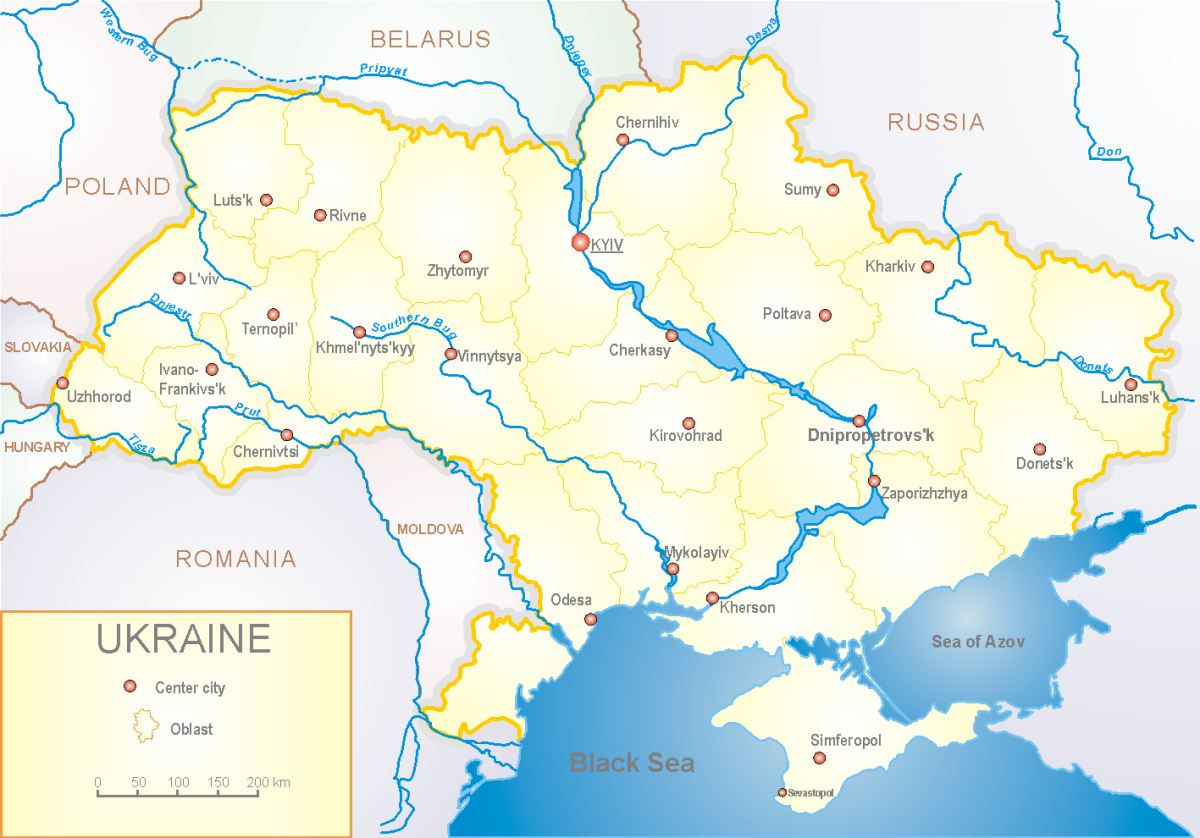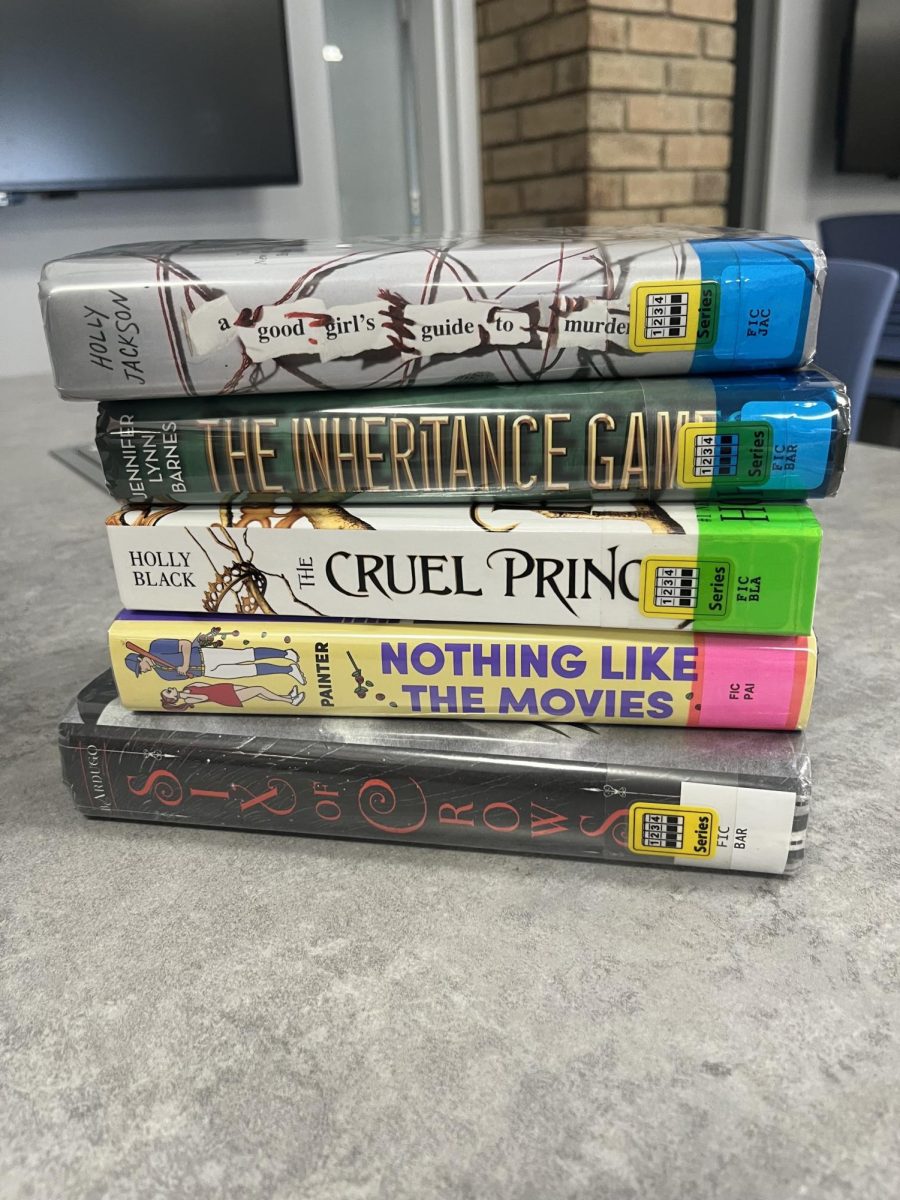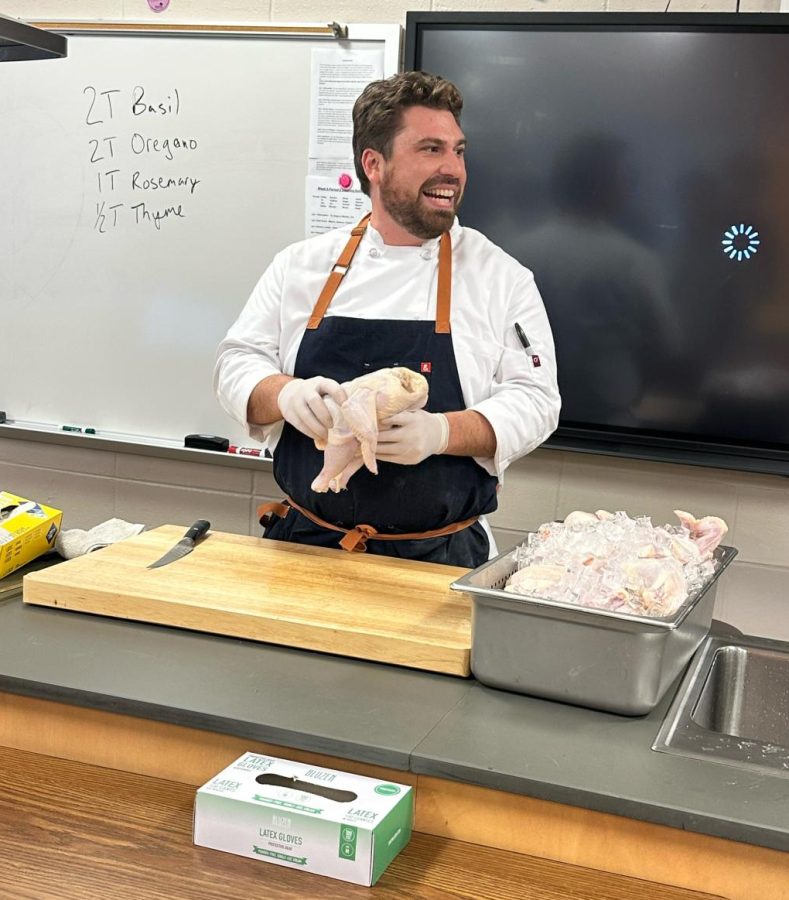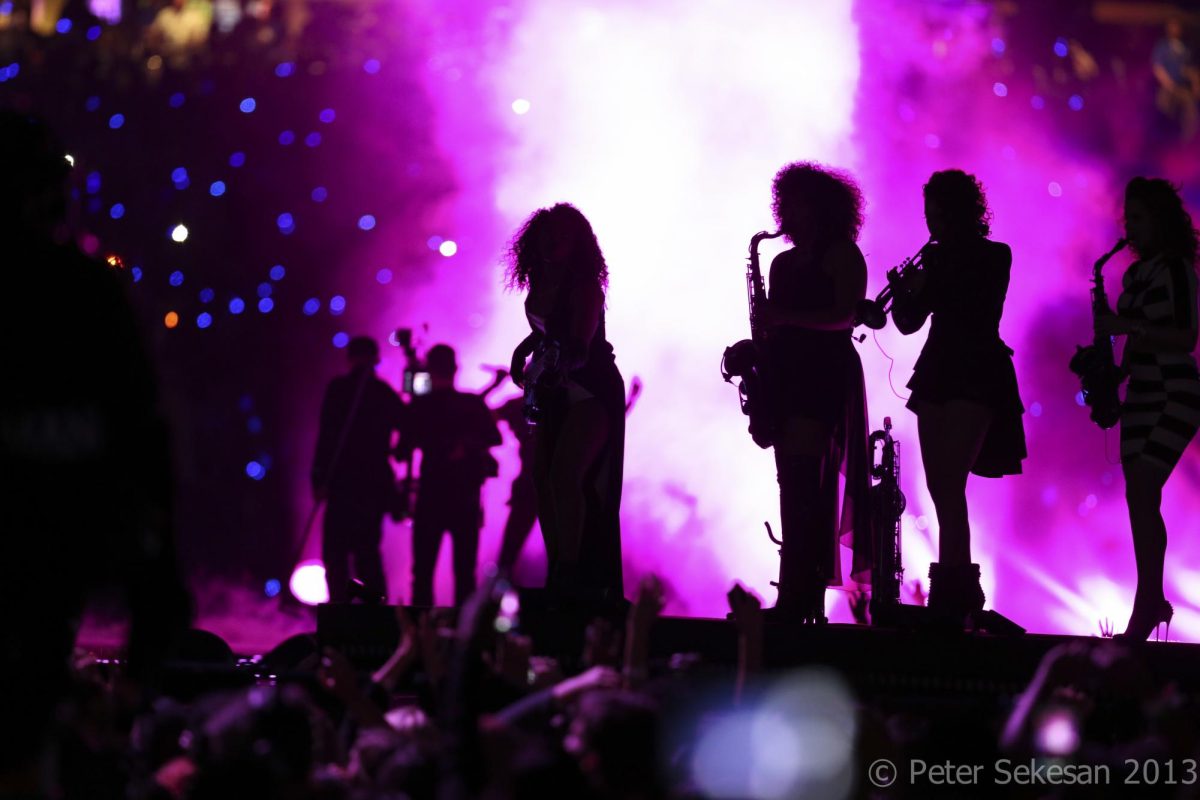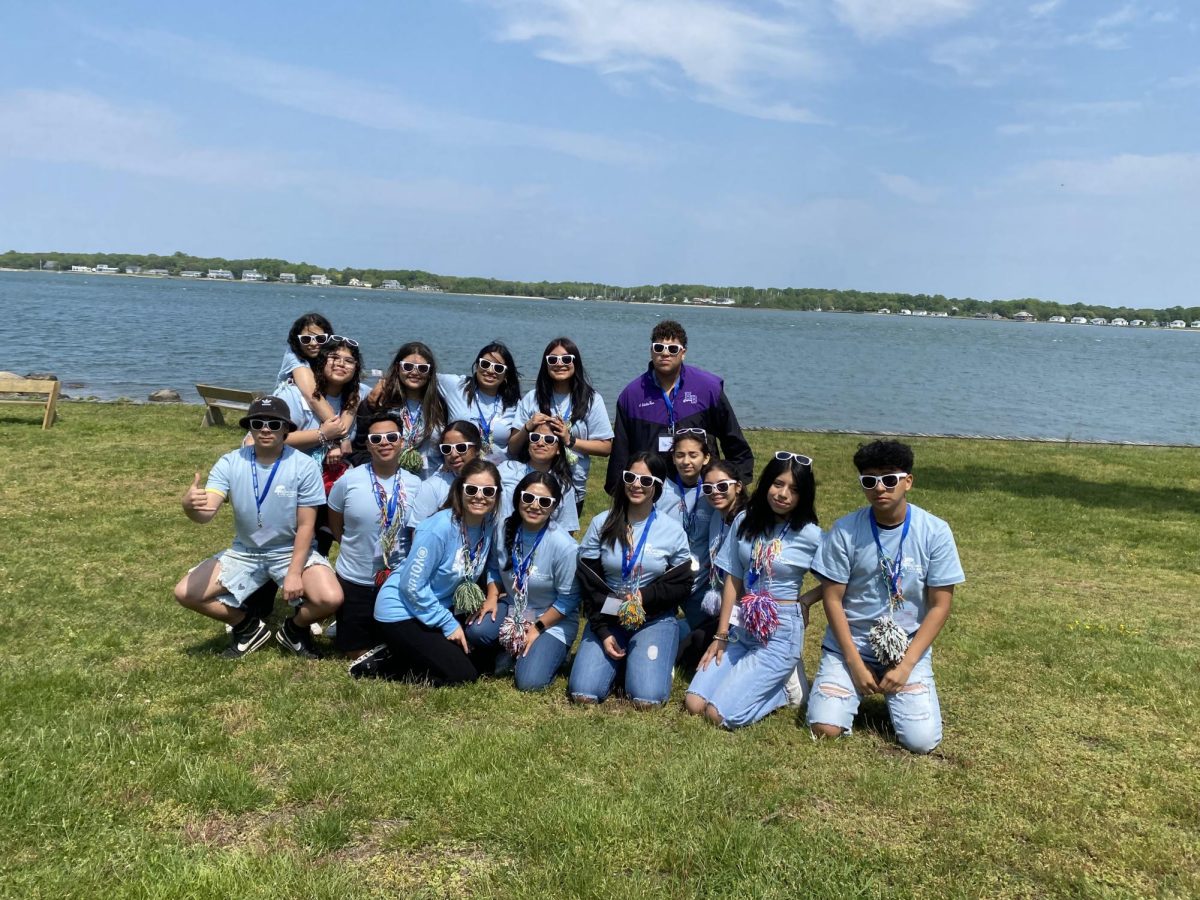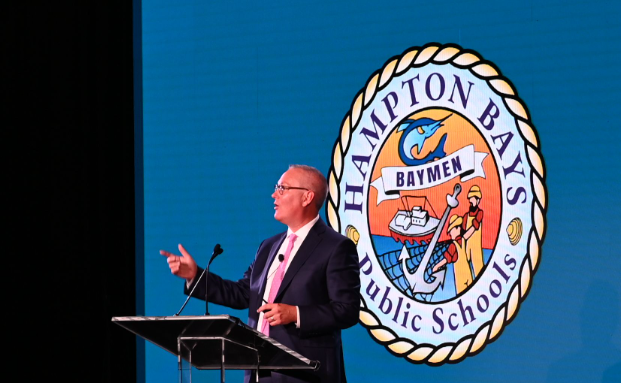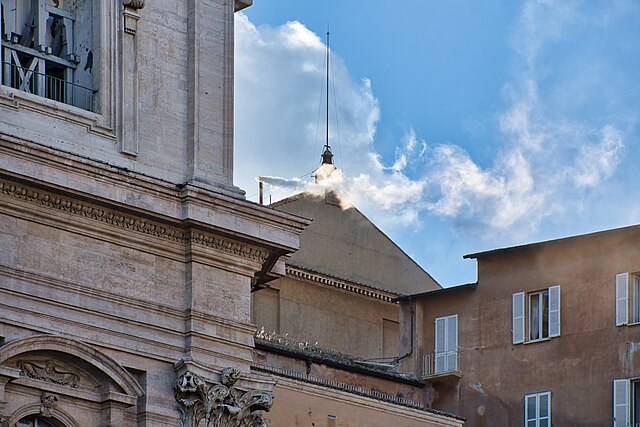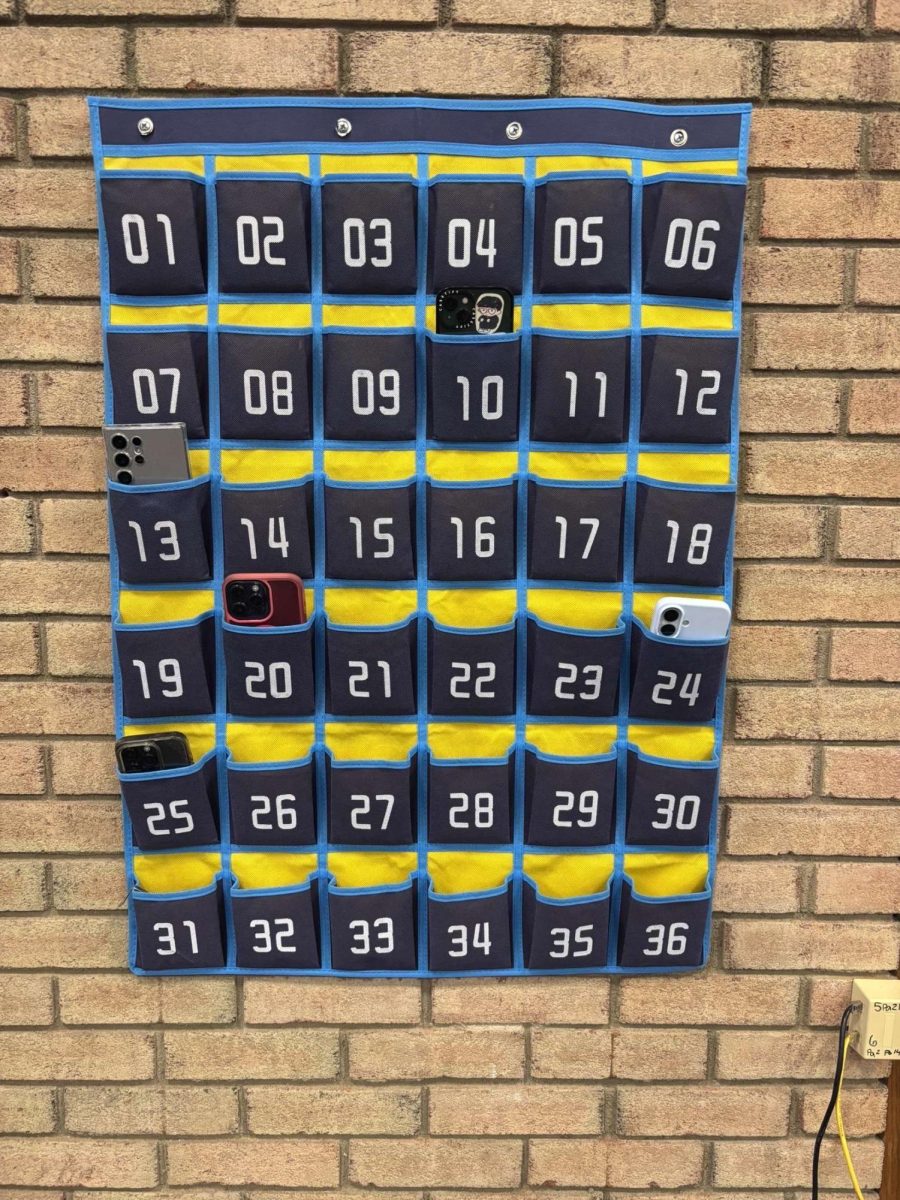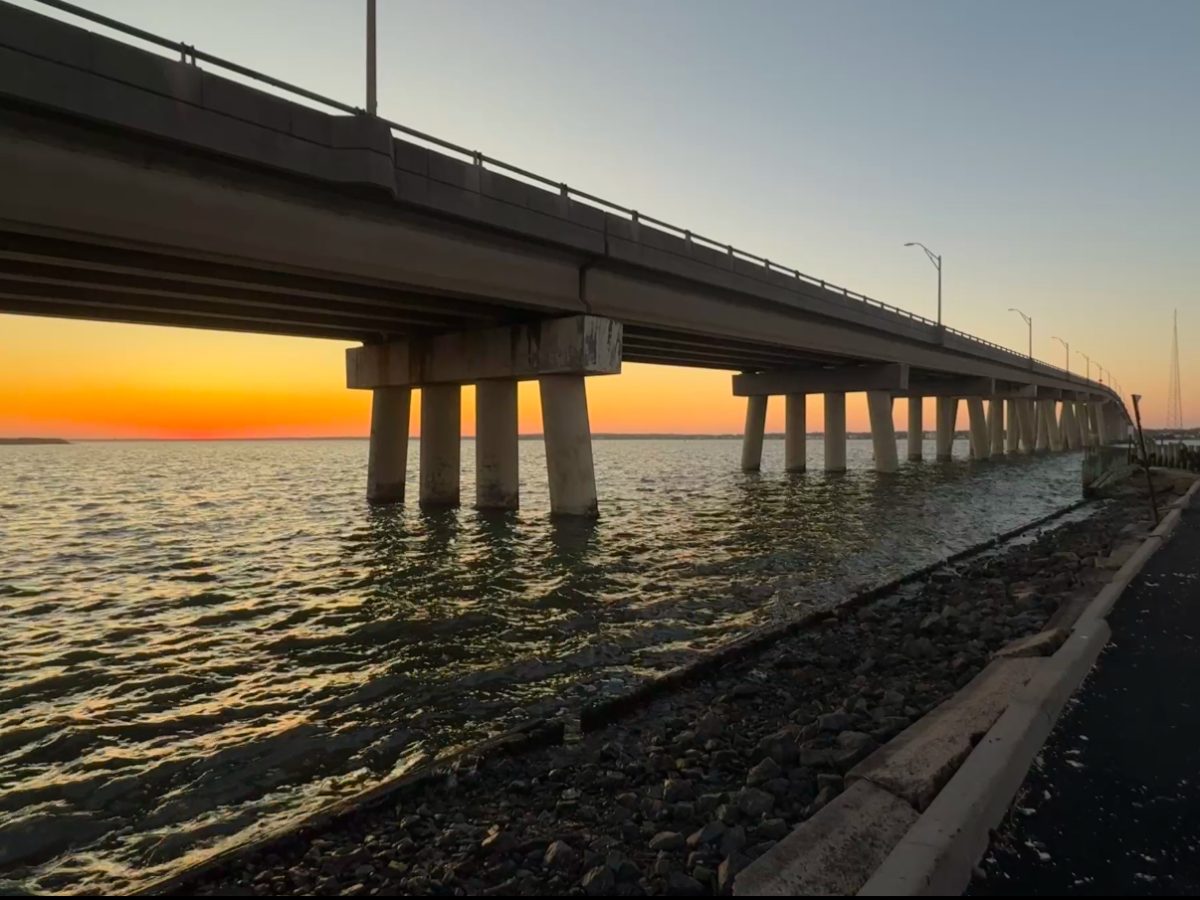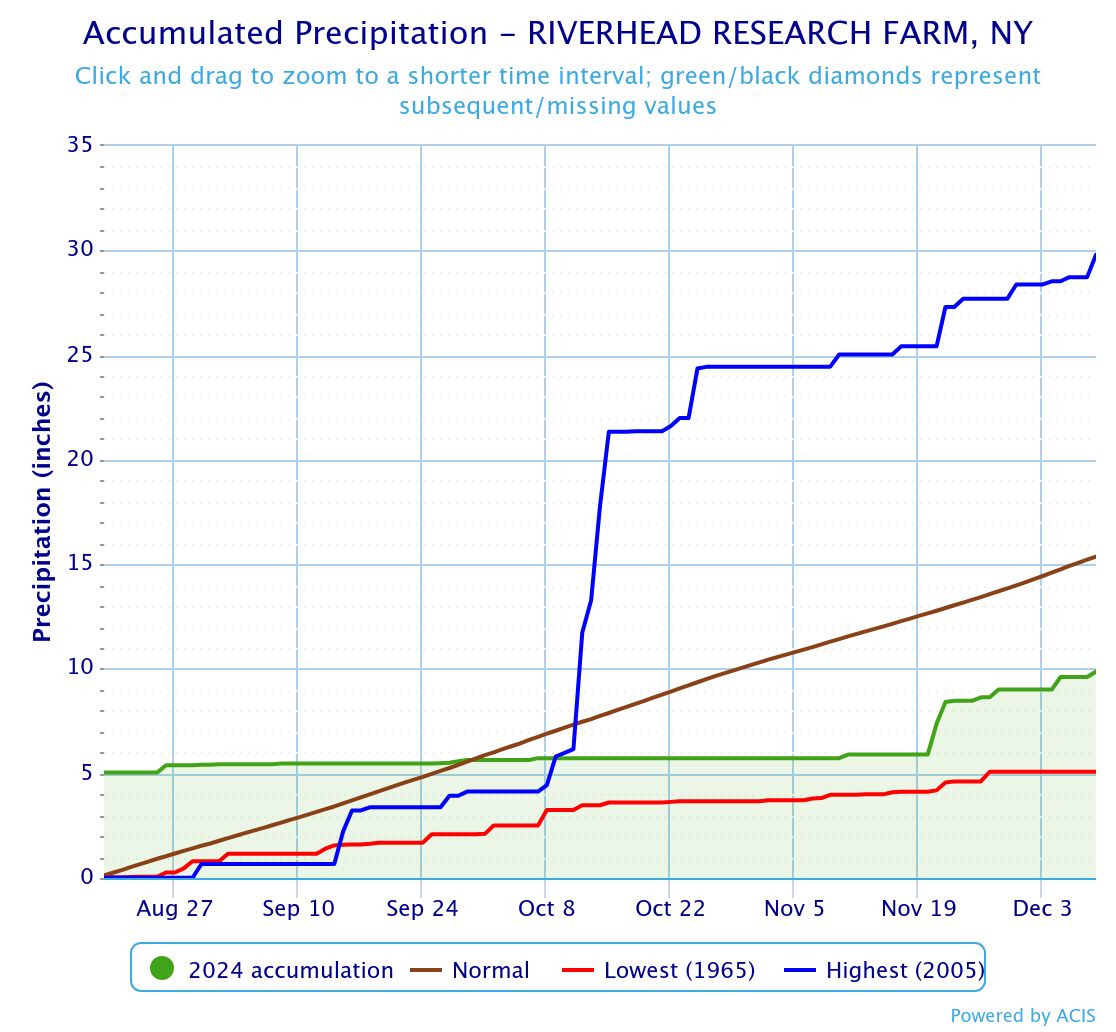On November 20, 2024, the Russo-Ukrainian war entered its thousandth day of full-scale combat. However, the conflict between Ukraine and Russia is over a decade old–or even longer, depending on who you ask.
After months of military buildup on Ukraine’s border and simultaneous denials of any plans to invade Ukraine, Russian president Vladimir Putin declared a “special military operation” on state television on February 24, 2022. Minutes later, Russia launched an attack by land and air. It was both the biggest attack on a European country and the beginning of the first full-scale war in Europe since World War II.
In many ways, it can be argued that the war began in March 2014, when Russia invaded and annexed Crimea, a peninsula part of southern Ukraine. This move was a reaction to the Revolution of Dignity in late February of that year, the culmination of a series of pro-Western and pro-democracy protests in Ukraine that led to the ousting of President Viktor Yanukovych, whose administration was characterized by anti-democratic corruption and Russian sympathizing. The annexation led to military conflict, but on a much smaller scale than what is currently occurring.
Crimea is not the only time Putin has attempted to sever parts of Ukraine. Just three days before the beginning of his “special military operation,” Putin officially recognized the independence of the Donetsk People’s Republic (DPR) and the Luhansk People’s Republic (LPR). Donetsk and Luhansk are oblasts, or provinces, of Ukraine in which pro-Russian authorities declared independence in April 2014 in response to the Revolution of Dignity. The attempted secession of these regions caused the War in Donbas (a name for the region that is these two oblasts combined), which has since been subsumed by the current large-scale war. Putin used Russia’s recognition of the independence of these two republics in his televised broadcast to justify his invasion of Ukraine. He claimed that he had to protect the ethnic Russians there and accused the Ukrainian government of committing genocide against them, an allegation which was widely regarded as false by the international community. The European Commission called the allegation “Russian disinformation,” and when Ukraine brought a case to the International Court of Justice to challenge the allegation, the Court said that it had not seen any evidence of genocide by Ukraine. In September 2022, Putin annexed undefined parts of Donetsk and Luhansk, as well as the Kherson and Zaporizhia oblasts, which he had recognized the independence of hours before. As stated by the BBC, “[Ukrainian president] Zelenskyy responded by seeking accelerated membership of NATO, which at the start of the war he said he would stop pushing for because of NATO’s concerns about confrontation with Russia.”
Putin’s claim to Donbas and other parts of eastern Ukraine is part of a larger delegitimization effort–the idea that Ukraine is an invented nation which belongs to Russia because of their historical ties and alleged cultural sameness. In a televised speech on February 21, 2022 (the same day the DPR and LPR were recognized as independent) Putin declared, “Modern Ukraine was entirely created by Russia or, to be more precise, by Bolshevik, Communist Russia.” In reality, the nation and culture of Ukraine has a long history. Ukraine’s capital, Kyiv, was founded before the Russian capital Moscow, and Kyiv served as the center of the first Slavic state from which modern Ukraine and Russia both originated. This state, called Kyivan Rus, was carved up by various powers and eventually annexed completely by the Russian Empire. Nevertheless, a Ukrainian identity had been established, with distinct traditions, language, and legacy in the form of a Cossack heritage and the history of Kyivan Rus. Under the Russian tsars, the use and study of the Ukrainian language was banned, allowing even modern Russia to take credit for the great works of writers of Ukrainian origin. The fall of the Austro-Hungarian and Russian Empires immediately after World War II resulted in the formation of several short-lived Ukrainian states and a brutal civil war of independence. Ultimately, the Ukrainian population was absorbed into the Soviet Union in 1922. The Soviet Union enforced a strict policy of Russification on the Ukrainian Soviet Republic, which involved maintaining Russian as the only official language and bringing back the tsarist ban on using Ukrainian in written works. Then, under Joseph Stalin’s regime, a man-made famine called the Holodomor (literally “death by hunger” in Ukrainian) killed anywhere from 3.5 to 5 million Ukrainians. Some countries and historians view the Holodomor as an intentional genocide against Ukrainians, but this is debated. To repopulate the east, Stalin sent Russians with no ability to speak Ukrainian and little ties to Ukraine, which is the cause of the east’s closer relationship with Russia today. When the Soviet Union dissolved in 1991, Ukraine declared its independence.
In 2024, Ukraine is struggling to maintain its independence in the east. Just over the course of this year, the climate of the war has changed drastically. On November 17, President Biden approved the use of American-made long-range missiles called ATACMS to strike deeper into Russia. According to CNN, two U.S. officials familiar with the decision said it was made in reaction to the deployment of North Korean troops on Russia’s side. Furthermore, the missiles are primarily intended to be used in Kursk, a region in Russia that borders Ukraine, where 50,000 Russian troops have been deployed to take back territory from Ukraine’s summer counteroffensive in the region. Two days later, on November 19, Putin adjusted the Russian nuclear doctrine to allow a possible nuclear response to even a conventional attack on Russia by any nation that is backed by a nuclear power, a move that Putin’s press secretary Dmitry Peskov described as made in a “timely manner” and “in line with the current situation,” according to the Associated Press.
More recently, on December 8, Ukrainian President Volodymyr Zelenskyy reported in a post on X that 43,000 Ukrainian soldiers and 198,000 Russian soldiers have been killed over the course of the war, a rare admission of casualties on his own side. As stated by the BBC, “The new figure marks a significant increase in Ukrainian deaths since the start of the year.” The same day, president-elect Donald Trump called for “an immediate ceasefire and negotiations” on Truth Social, a social media platform founded and run by the Trump Media & Technology Group. Meanwhile, the Biden administration has ramped up its delivery of aid to Ukraine, with a nearly $1 billion aid package being announced by Defense Secretary Lloyd Austin on December 7.
With Ukraine and Russia both suffering dwindling manpower and a difficult winter looming ahead, the end of the war doesn’t look far. Trump, along with the majority of his party, is unsupportive of continuing the stream of American aid that Ukraine has been depending on to keep its war effort going. According to the New York Times, Europe is unlikely to be able to make up for the loss of American funds. During an interview with Sky News, Zelenskyy shared that an offer for Kyiv-controlled territory to join NATO would end the “hot stage of the war,” but also that any proposal to join NATO should be extended to all parts of the country that fall under internationally-recognized borders if it were to be considered by him. At a NATO summit in Washington in July, the 32 members declared that Ukraine is on an “irreversible” path to membership. However, according to the NATO website, all NATO member countries must agree to let a new country in, and currently, leaders are very divided about whether now is the right time for Ukraine to join. According to the Associated Press, “an invitation for Ukraine to join NATO is one key point of Zelenskyy’s ‘victory plan,’ which he presented to Western allies and the Ukrainian people in October. The plan is seen as a way for Ukraine to gain leverage in any negotiations with Russia.”
What moves the West and NATO make next could determine the course of this long-standing conflict. As Zelenskyy seeks closer integration with the West, Putin is trying to pull Ukraine closer. With the situation ramping up, the only thing that is certain is that the future is not predictable for Ukraine or Russia.
